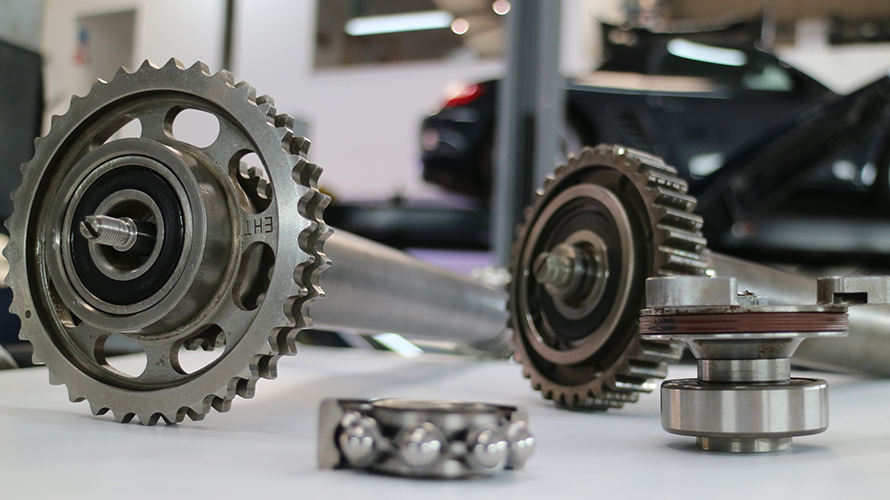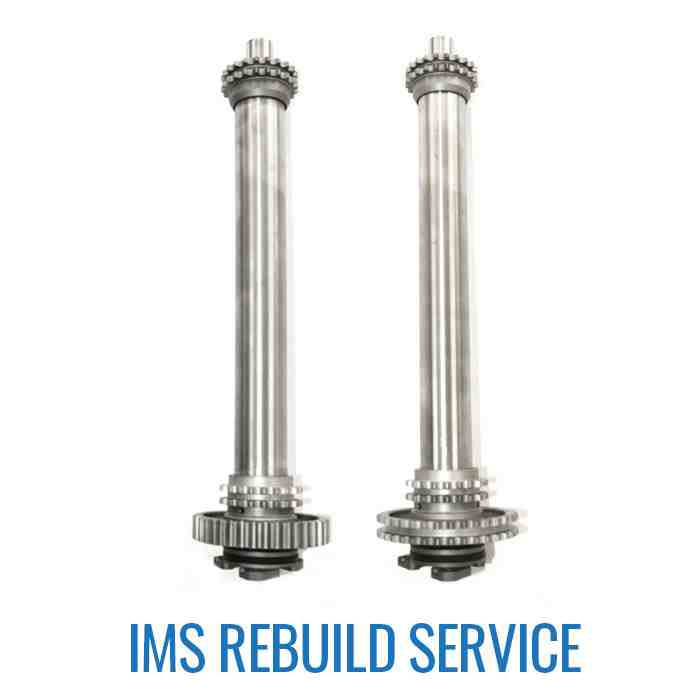Alex
Nordschleife
- Joined
- 6 Mar 2014
- Messages
- 22,188
Does ths post from Baz help
Taken from here: http://911uk.com/viewtopic.php?t=108552&postdays=0&postorder=asc&start=22
bazhart said:I think you will find that the bearing they are alluding to is the 1204 self aligning bearing (20 47 14) which I would not use in this application with the ability of the main shaft to flex under natural vibration and the weak spindle with the machined out "O" ring recess. It also rates only 78% of the single row bearing dynamic load rating and 51% static load rating (i.e. much weaker).
The original double row baring was a special about which we do not have any technical loadings but from all usual correlations it would be expected to be similar to the single row 6204 bearing.
There is a 4204 with the same O/D and I/D but 4mm wider (at 20 47 and 18mm wide) and this has a better rating than the single row but the narrower double row bearing would have less support area in the ball tracks for the balls to run in and be more in the region of the 1204 which is much weaker and therefore I would guess it would be about the same as the 4204 but needing more modifications to fit it than a narrower one that only requires a spacer to make up the lost thickness.
I guess this is why Porsche used the 6204 to supersede the original double row bearing after tests found it to be better than their original double row bearing (as we have in practice).
The speed ratings are OK for all the bearings mentioned and the two different lubrication systems.
The bearing does normally sit below the oil level and the outer bearing diameter (which is the only rotating part not the inner) will throw oil outwards - however - even lower are the chains (as their sprocket diameters are much bigger than the bearing) and so the oil thrown around by the chains and sprockets is done with more force and volume than the bearing is throwing outwards creating more oil delivery in all directions with high speed and force easily able to get in and out of a bearing that only requires minute amounts of oil in a splash oil system anyway.
If there is a 20 47 14 double row bearing readily available with similar or better specifications - please supply the code as we could not source one! - thanks.
Baz
Taken from here: http://911uk.com/viewtopic.php?t=108552&postdays=0&postorder=asc&start=22




































